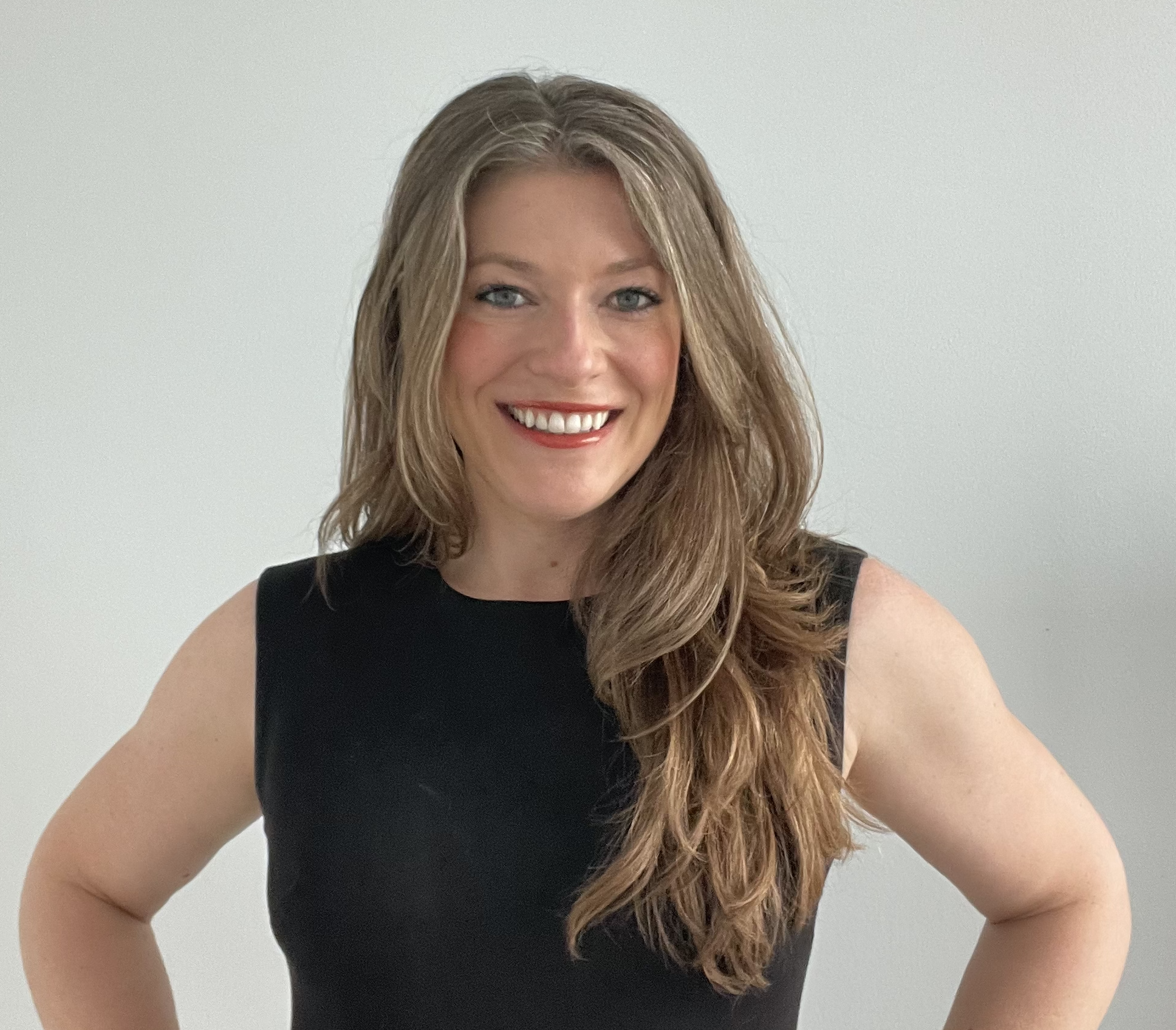The Bullied Brain - Losing the mind bully
/Dr Jennifer Fraser wrote her book The Bullied Brain primarily for people who have been bullied or abused. The focus is on the maltreatment of children by adults and how a lot of adults use this type of behaviour without knowing how harmful it is. Jennifer thinks we are at a tipping point as a society because have outdated beliefs where we think we need to toughen kids up but this is backfiring. She has looked at science surrounding this and it is clear that children don't learn, perform well or have healthy brains if they are treated in this way.
Jennifer looked at bullying thorough the lenses of law, education and psychology but found the most interesting information though neuroscience. Most of us grow up without any mention of our brain unless we have a trauma of some kind. We don’t teach children about their brain or learn about it as adults. We go to our doctor for many different things but they never assess our brain for health. Jennifer was personally invested as he son had been abused by two teachers and been threatened and humiliated as well as suffering physical abuse and homophobic slurs. She started to read about neuroscience to find out what this kind of abuse does to the brain of a teenage boy. She now feels that all kids need to know about this as well as their teachers, coaches and parents.
In bullying situations the neurochemistry works against the brain by allowing it to deselect things that are healthy. If a brain is constantly under threat or feels fear and anxiety of being bullied or abused, it constantly ramps up its stress response system. It should be able to shut down naturally - it's a fight, flight or freeze response - but if you are consequently activating it you are doing considerable damage to your brain architecture. This damage can’t be seen without a brain scan and Jennifer feels we should be listening to the people that are looking at the damage and also measuring people’s cortisol, the hormone that causes the problem. When cortisol, pumps though your brain because you are being abused you can start to identify with the aggressor and lose selfhood to survive. The brain uses this as a coping mechanism but what also happens is that cortisol is eroding your blood and damaging all kinds of other cells.
As well as the fight, flight, freeze mechanisms, increasing with trauma patients there is an additional category that is referred to as flop. People who are abused use this final approach of flopping and accept abuse. This can then create a brain/body link so dealing/coping with these things has to be more holistic rather than just resetting a chemical balance. We have to learn how to realign our mind, brain and body. All three need to be in alignment or they work at cross-purposes and you start to get behaviours such as eating disorders or suicidal idealities.
Bullycide happens when you are trying to kill the bully but the bully has become morphed into who you are and is held in your mind, body and brain. You end up eliminating yourself through your passion, desire and suffering to get rid of the thing you have internalised. The abuser becomes a Dr Jekyll and Mr Hyde character. They are really good at being a pillar of the community, are charismatic and intelligent but change behind closed doors. Many have a borderline personality disorder and many get like this by being abused. You have to find a way to halt the cycle. It’s not easy to fix your brain but it can be done. You can get better and return a damaged brain into a high functioning again with organic health.
Jennifer developed a mind bully herself. When she was writing the book she tried to why unpack why she behaved the way she did. She had dissociated with the person she was as a teenager who was physically, emotionally and sexually abused by three teachers. She had put this away in a box and not integrated it so it started to operate as a mind bully. She was a high achiever in the academic world but when she came home behind closed doors she bullied herself through cutting and eating disorders. She was hurting her own body because she had no idea she had to take teenage girl and her trauma and work through it. She was as seeing psychiatrists and psychologists and never told them anything about it.
Jennifer could have gone out as a teacher and done what had happened to her to her students. Her personality type, introverted, academic and full of self-expectation meant instead she turned it against herself. That is the mind bully. Many people are holding themselves back from happiness, health and fulfilling their potential because of their mind bully. It takes work on separate it out. You need to become aware its not you, that its something you created that helps you avoid looking at the trauma. If it’s your own problem and the mind bully is your own issue you don't have to take a hard look at what happened to you. You don't have to be the victim, to be vulnerable, to feel what it was like to be a teenager and be treated that way. It’s easier to keep the mind bully beating you up because you don't have to be a victim again. If you find the courage, a good mental health practioner, and a safe network and space to do it, you can go back into the arena again and choose to replace the mind bully.
There seems to be more mental health issues nowadays but this may be because we are more aware rather than there being more. If you've been bullied you are likely to bully yourself, to bully someone else or fix yourself. This explains the growth in bullying and trauma – it is replicating through society. Bullies are victims as well though. Most help is for the victim but the emphasis should be split. Children have strong brain plasticity. A child showing bullying behaviours should be a red flag that they need help. Society needs to intervene they get the help they need. The conversation needs to shift from a moral issue to a medical one.
It can be a parent that abuses you or a teacher, coach, family member or friend. When Jenifer was bullied the therapists were looking at her family but never asked about teachers or coaches. Children spend more time with these people than they do with their family. One of the key powers bullies use is favoritism. This type of power dynamics can be found in sport. A coach will treat one child properly and at the same time someone else they destroy. This often happens to the most talented athlete in the group – if the coach can ‘destroy’ the best then the rest will fall in.
Jennifer doesn’t talk about being fixed, cured or learning to be better. Rather she talks about people who unlearn and rewire. Unlearning is incredibly hard because you are unconscious of what you have learned. Each person has a default neuro-network – if you burn your hand on the stove the brain never forgets this. It learns this and keeps you safe in the future but as you don’t want to feel anxiety every time you pass the stove, you have to talk to your brain. Jennifer uses her variation of mindfulness to do this - you close your eyes do your deep breathing and start talking to your brain. There are nuances and emotional concepts that are more complex and a richness and diversity of life. It’s not just kick-starting the same old neuro-networks – we have to rethink it.
You can find out more about Jennifer at https://www.bulliedbrain.com/ Her first book, Teaching Bullies: Zero Tolerance on the Court or in the Classroom explores what happens when the bully is a teacher or coach whilst her new book, The Bullied Brain: Heal Your Scars and Restore Your Health delves into how bullying affects the brain and how the brain can heal.
You can listen to the podcast in full and find out further information here. Our upcoming guest list is also available along with our previous blogs.
Find out more about our innovative Resilience and Burnout solutions.










































